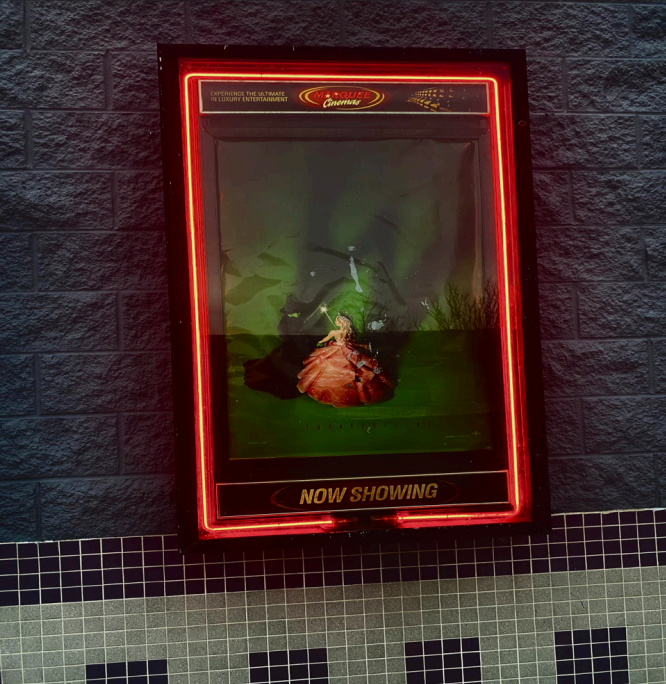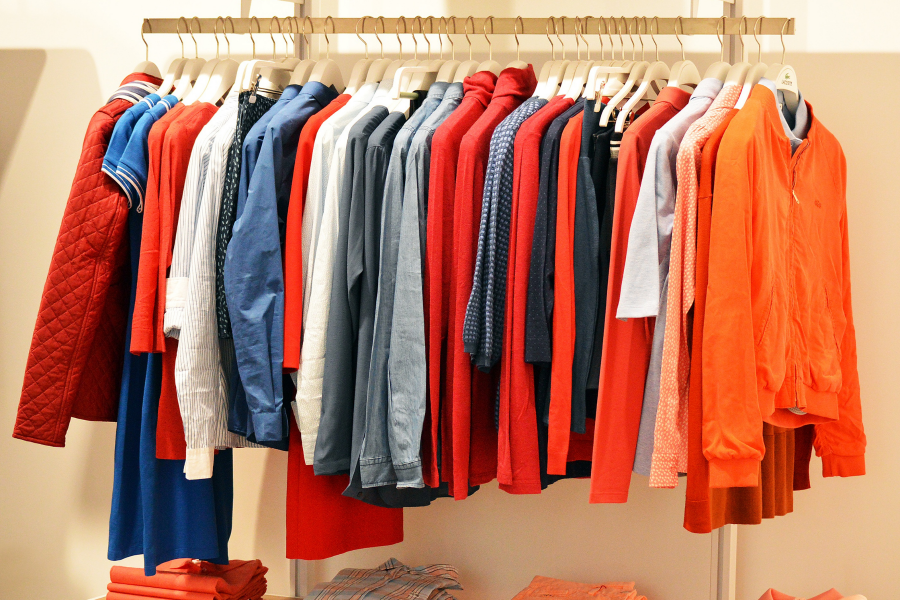There has been a shift in recent years by influencers who consider themselves sustainable and environmentally conscious. This shift is away from large corporations and fast fashion, and toward small, sustainable brands.
Fast fashion is cheap, trendy clothing that’s produced very quickly to get the newest fad trends to stores as soon as they’re debuted.
The new light on sustainable options is an important conversation to be having – the fast fashion industry releases about 1.2 billion tons of carbon dioxide annually – nearly 10% of annual global emissions and is the second-largest consumer of water. This is excluding the footprint created by deliveries and returns, other environmental costs of transport and the impact of dumping and burning almost 85% of all textiles that go to waste as newer trends emerge.
Unfortunately, as important as it is to support small businesses, they often come with higher price tags and the people who most commonly buy fast fashion can’t always afford that.
However, there’s a growing “trend” that could be the solution – thrifting. Consumerism is undeniably higher than ever – clothing production has almost doubled in the last 20 years alone. But if we start to shop more for pre-loved clothes, the need for companies to keep producing textiles will subside.
Thrifting is an affordable way to grow your closet on a budget. Stores like Goodwill, Savers and Thrifty Shopper all work on donations, which keeps the price tags low. And with today’s trends seeing a resurgence in trends from the 2000s and 1990s, where better to shop than the places that have the real deal? It’s cheaper, it’s more authentic and it’s better for the environment. There is no downside.
A trip to a thrift store is also an adventure. You never know what hidden gems you will pull out from between two average-looking Forever 21 graphic tees. It could be a Brooks Brothers sweater in perfect condition for just $5, or it could be a 100% silk blouse with its new tags still attached. There’s a high in finding an amazing deal, and unlike fast fashion, your thrifted items are actually worth far more than what you’re paying for them. You’re paying for genuine vintage style, as well as quality.
There’s been some anti-thrift sentiment, with people claiming that thrift stores should be a resource left for low-income families. This is a misguided argument – as previously mentioned, 85% of unwanted clothes end up in landfills, even after a stint in the thrift store. There’s more than enough to go around.
Another branch of second-hand shopping that’s growing is consignment stores. Consignment stores, such as Plato’s Closet, buy your second-hand designer or brand name clothes and sell them on. These stores have a more intense vetting process than Goodwill, and clothes are generally organized in a more logical manner, making shopping easier for the customer. Selling clothes that you no longer wear to places like these is a great way to make some extra money, and it’s far more sustainable than simply throwing your old clothes away.
If you’re one of the people who prefer to shop online, there are even options for you. More and more online thrift stores are opening up, even ones that actively save tons of clothing from being sent to landfills. Apps such as Poshmark and Depop allow you to list your secondhand clothing for sale or buy other peoples’ listings. Sites like ThreadUp allow you to search by brand, size, color or any other feature. When it comes to thrifting, there’s a way to do it for every preference.

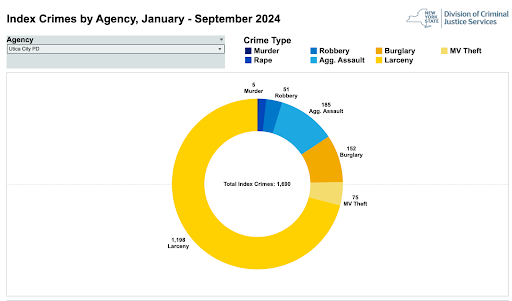



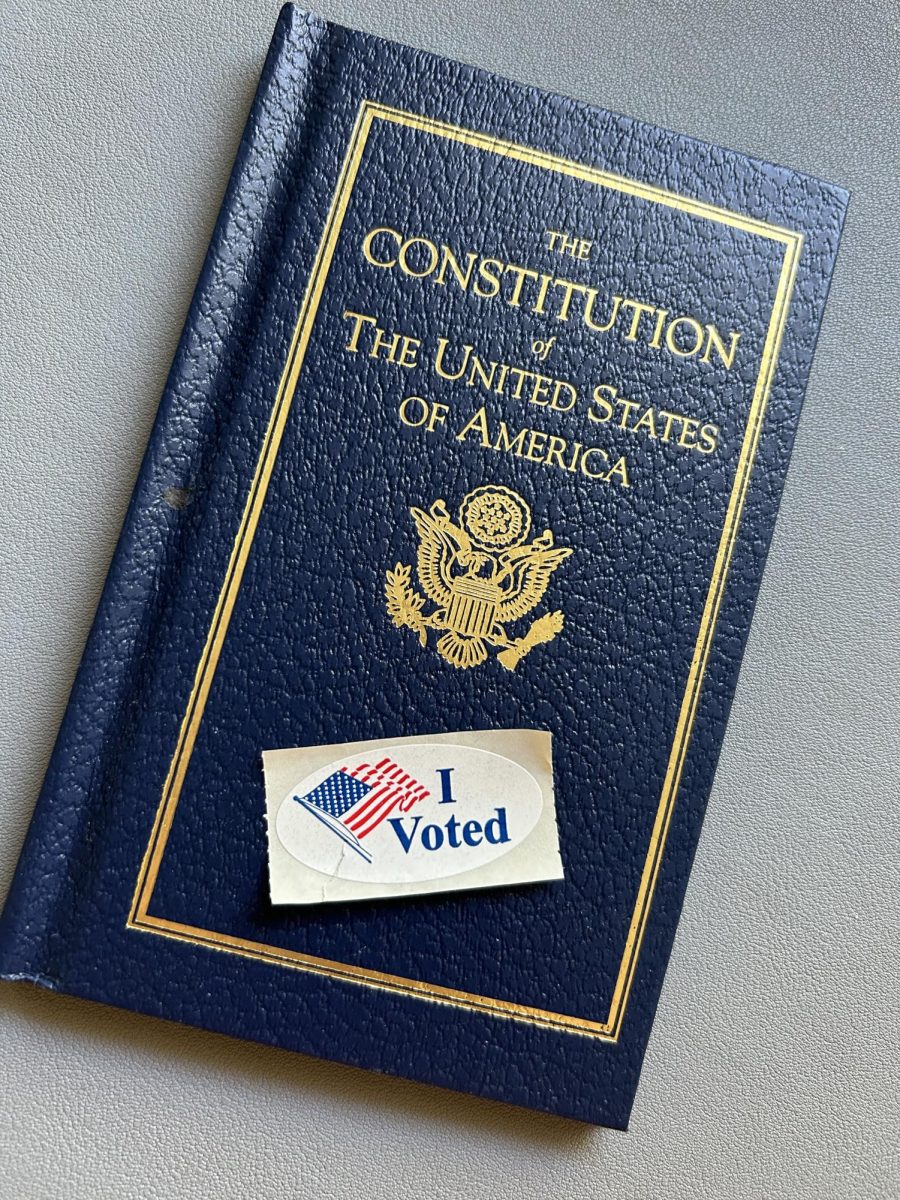

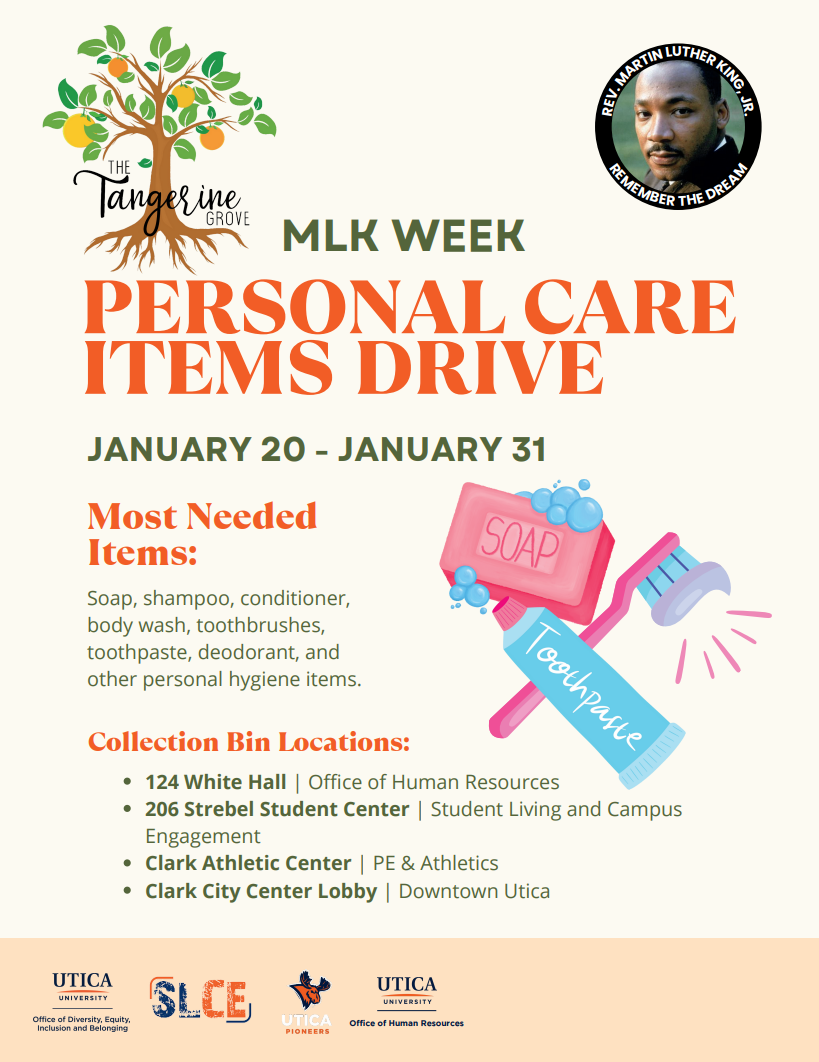






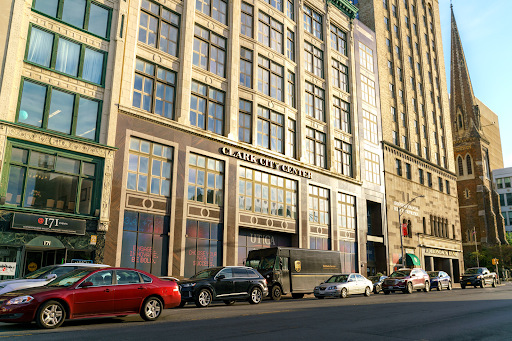



![President Todd Pfannestiel poses with Jeremy Thurston chairperson Board of Trustees [left] and former chairperson Robert Brvenik [right] after accepting the university's institutional charter.](https://uticatangerine.com/wp-content/uploads/2023/10/unnamed.jpeg)



































